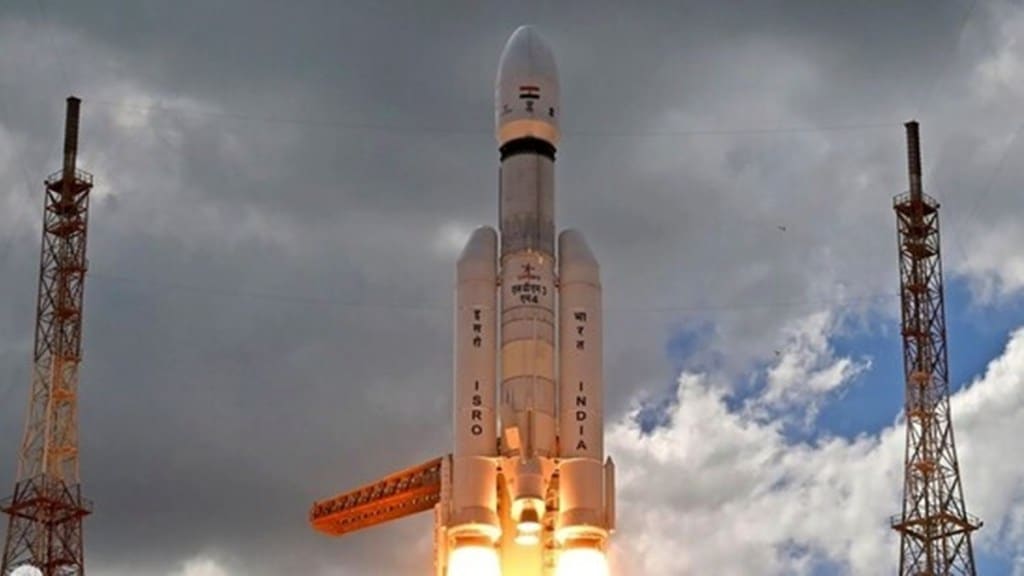India is still reeling under the successful launch of ISRO’s Chandrayaan 3. The lunar mission has grabbed headlines all over the globe and rightfully so! July 14 brought back a lot of memories from 2019 when Chandrayaan 2 was launched. We still remember the pain we as a country went through when the rover toppled just 2 ft above the ground. Every Indian’s heart skipped a beat.
The whole nation saw the scientists breaking down and everyone welled up along with them, those present on the launchpad and those watching at home via their television sets. The wave of emotions that Chandrayaan 2 left behind with its failure, made the country even more proud as an Indian on July 14, 2023, when Chandrayaan 3 lifted off from Sriharikota.
The tears and sweat of our ISRO scientists certainly worked. However, while we praise the researchers and scientists of our country, we really need to take a minute and dive into the hard work and support of space agencies from across the world, who helped India achieve this feat.
Global effort from scientists for Chandrayaan 3
Not many know this but India’s third lunar mission involved collaboration with various space agencies including European, Australian and US counterparts of ISRO. We all know that for any deep space mission, communication is an essential part. Referring to the Chandrayaan-3 launch on its portal, the European Space Agency (ESA) said that the ground stations on Earth keep operators safely connected to spacecraft as they venture into the unknowns and risks of space, reported PTI. It said that without the support of a ground station, it is impossible to get any sort of data from a spacecraft as it is important to know its location or how it is doing or if it is still working.
As per the PTI report, the ESA said, “Like many space agencies and commercial companies across the globe, ISRO will receive support from the stations of partner organisations instead. Not only does this significantly reduce costs, but it also fosters international spaceflight collaboration.”
For those unaware, ESA’s 15-metre antenna in Kourou, French Guiana, will be used to track Chandrayaan-3 to help ascertain that the spacecraft is in good condition and survived the rigours of lift-off.
ESA will also coordinate tracking support from the 32-metre antenna operated by Goonhilly Earth Station Ltd in the UK, the report said.
Scientifically speaking, Goonhilly will support the lander during the entire phase of lunar surface operations, helping to ensure that science data acquired by the rover arrives safely with ISRO in India. The data will actually be received by Kourou and Goonhilly first and then forwarded to ESOC. From ESOC, the data will be sent to ISRO for analysis.
The two European stations will complement support from NASA’s Deep Space Network and ISRO’s own stations to ensure the spacecraft’s operators never lose sight of their pioneering Moon craft, reported PTI.
At 3:31 pm, the Canberra Deep Space Communications Complex, which is part of NASA’s Deep Space Network, received signals from Chandrayaan-3, and tweeted, “Good hear from you #Chandrayaan3.”

